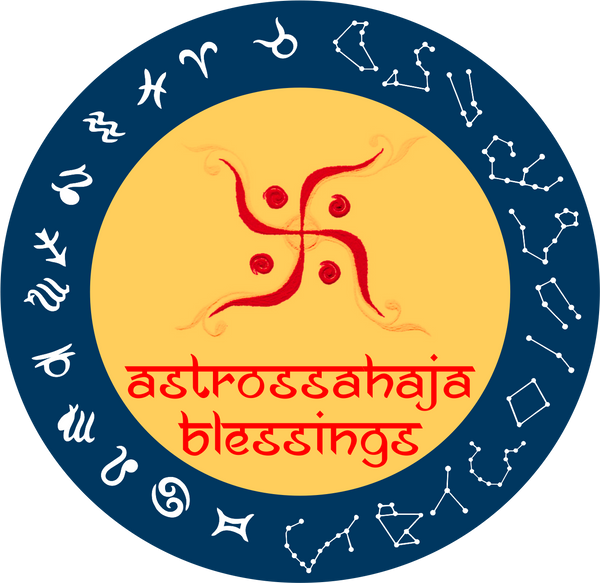
Astrological Compatibility - Is Your Relationship Truly Compatible?
Share
Astrological Compatibility - Is Your Relationship Truly Compatible? When it comes to relationships, many people turn to astrology to gain insight into compatibility. But how accurate is this ancient practice in determining the success of a relationship?
Understanding Astrological Compatibility
Astrological compatibility is based on the alignment of celestial bodies at the time of birth. This alignment is believed to influence personality traits and behaviors, which in turn can impact how individuals interact with each other in a relationship.
The Role of Sun Signs
One of the most common ways to assess compatibility is by comparing sun signs. Each zodiac sign is associated with specific characteristics and tendencies. For example, fire signs like Aries, Leo, and Sagittarius are known for their passion and energy, while earth signs like Taurus, Virgo, and Capricorn are more grounded and practical.
Factors to Consider
While sun signs can provide a general overview of compatibility, there are many other factors to consider in astrology. Moon signs, rising signs, and the positions of other planets in the birth chart can all play a role in how two individuals interact in a relationship.
The Limitations of Astrology
It's important to remember that astrology is not a definitive science. While it can offer insights into personality traits and potential challenges in a relationship, it should not be the sole basis for determining compatibility. Factors such as communication, shared values, and emotional intelligence also play a significant role in the success of a relationship.
Seeking Professional Guidance
For those who are curious about astrological compatibility, consulting with a professional astrologer can provide a more in-depth analysis. An astrologer can take into account the unique aspects of each individual's birth chart to offer personalized insights and guidance.
